Conservation 101
-
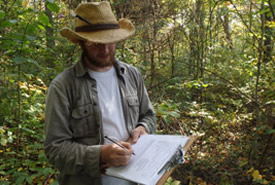
Field journals in conservation 101
Field journals are used to take notes about a specific species, habitat or environment. These notes are used as a documentation for scientists to reference when evaluating an area of conservation.
Read more » -
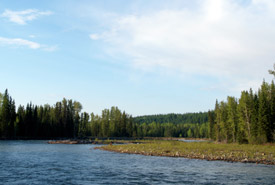
Fresh water 101
The diversity of freshwater organisms across Canada is a reflection of the diversity of the river and lake ecosystems that are found here. Yet surprisingly, there exists no established freshwater ecosystem classification.
Read more » -
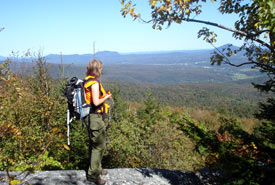
Gaspé Peninsula and Appalachian Mountains 101
The Appalachian Mountains extend from the state of Georgia through Quebec’s Gaspé Peninsula and New Brunswick.
Read more » -

GIS in conservation 101
Geographic Information Systems (GIS) is a computer-based tool for gathering, managing, and analyzing data.
Read more » -
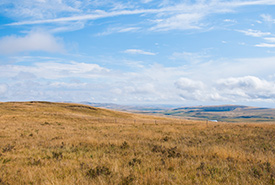
Grasslands 101
Around the world, large areas of grasslands are often found in the interior of continents, where there is not enough rain and snowfall to support trees.
Read more » -

How does NCC calculate the value of the land?
The Nature Conservancy of Canada (NCC) only acquires properties from willing landowners. When acquiring lands for conservation purposes, NCC must compete on the open market against other interests, such as farming, forestry or development.
Read more » -
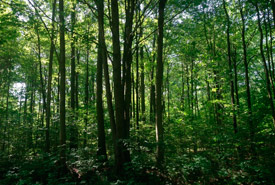
Important Bird and Biodiversity Areas 101
Important Bird and Biodiversity Areas (IBAs) are areas of land or water set aside by BirdLife International because they support habitat for birds that are at-risk or have large seasonal concentrations.
Read more » -
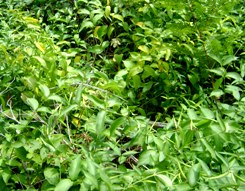
Invasive species 101
Invasive species are plants, animals and other organisms that are not native to an area but have been introduced to it, either intentionally or by other means.
Read more » -
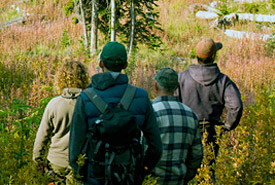
Land use
Access on lands owned or held under conservation agreement (easement/covenant/servitude) by NCC
Read more » -
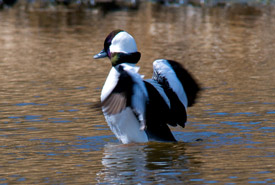
Migratory Bird Sanctuaries 101
Migratory Bird Sanctuaries are areas that occur only in Canada and are managed by the Canadian Wildlife Service.
Read more »



